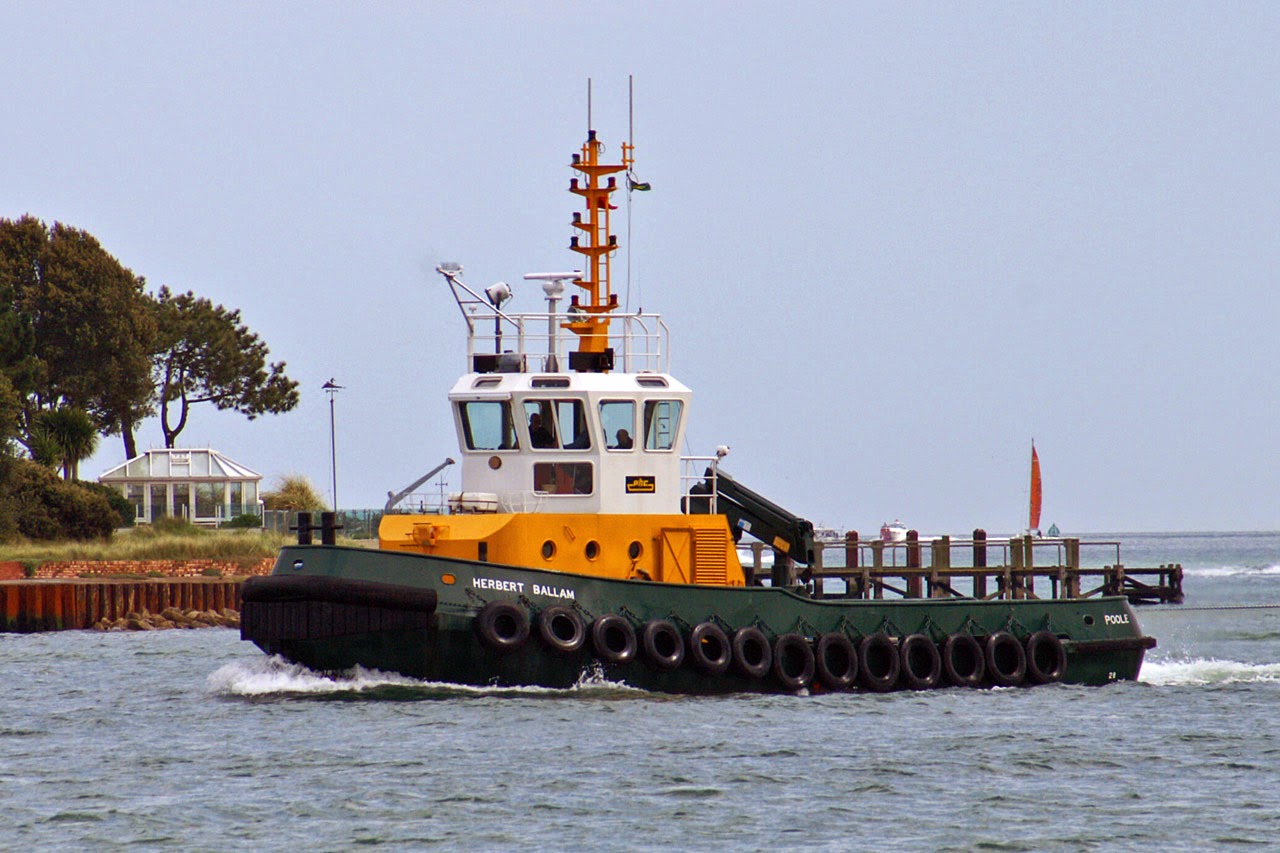Beware Collision Time Bars: the “SB Seaguard” Case
Most maritime countries in the world apply a two year time bar to collision claims (by virtue of some form of ratification to the Brussels Collision Conventions 1910). In other words, where a vessel collides with another, and causes damage, the Claimant must issue proceedings before the local courts within two years. If they fail to do so, they lose their right of claim completely. The time limit is relatively short, compared to the six years general contract and tort time limit in place under English law, and that of many other states. A recent case has shed further light on the pitfalls for Claimants in missing the time limit.

In the English High Court case: CDE S.A. v Sure Wind Marine Limited (SB SEAGUARD c/w ODYSSÉE), 2015, handed down in April 2015, the Claimants’ catamaran yacht was at berth in Ramsgate, UK, when she was struck and damaged by an offshore tug, coming into the harbour to berth. The accident appeared to be entirely the fault of the offshore vessel, whose Master had lost control of the ship on entering the harbour.
The Claimants indicated that they would make a claim of hundreds of thousands of Euros, for repairs, but failed to take action until after the two year time bar had elapsed. When they did present their claim, the defendant’s P&I Club merely responded noting that their claim was now time barred under English Law. The Claimants appointed lawyers and took their claim all the way to the High Court, making an application for the course to exercise its discretion and extend the time bar. The High Court did not agree, and dismissed the application and the case.
The judgment confirms some solid principles in respect of collision time bars. Although the court has a discretion to extend the time limit, it may only do so where there is a ‘good reason’. The following arguments will not be considered a good reason; carelessness, the defendant has a poor defence, negotiations are continuing, the defendant was unaware of the time limit.
Two important reminders arise from the case, in respect of collision claims.
1. Where you have a collision claim which may not be settled within the two year period you must ensure that you have either a) an express extension or waiver of the time limit, or b) a clear admission of full liability. In the latter case the court will consider that the parties had agreed to settle the claim, subject merely to a discussion on quantum. In other words, the time bar is likely to be considered to be waived.
2. If, for any reason, the time bar is mistakenly missed, once this fact is discovered, action must be taken immediately. Specifically, the claim should be filed at court, and an application for a discretionary extension of time should be made.












